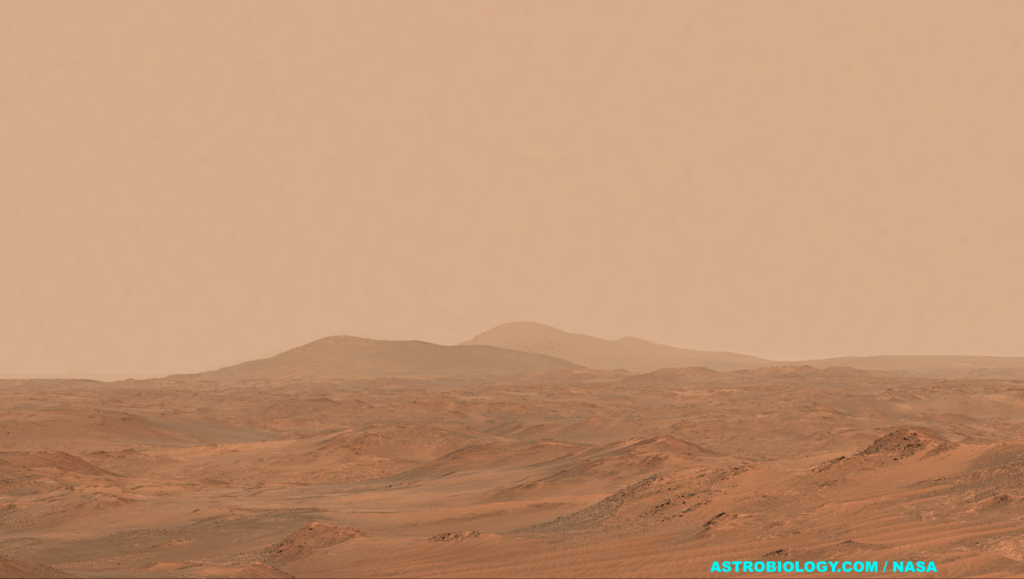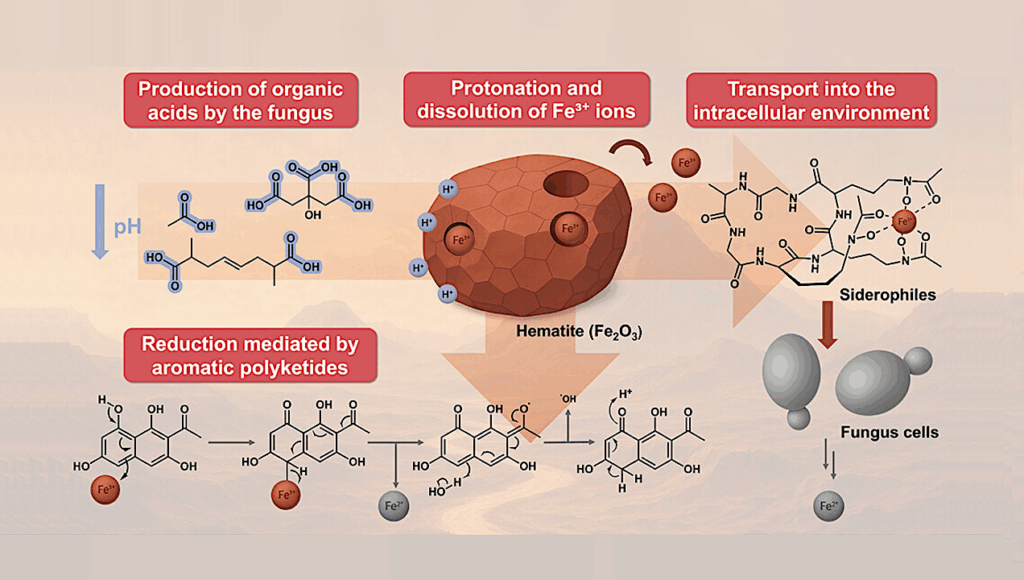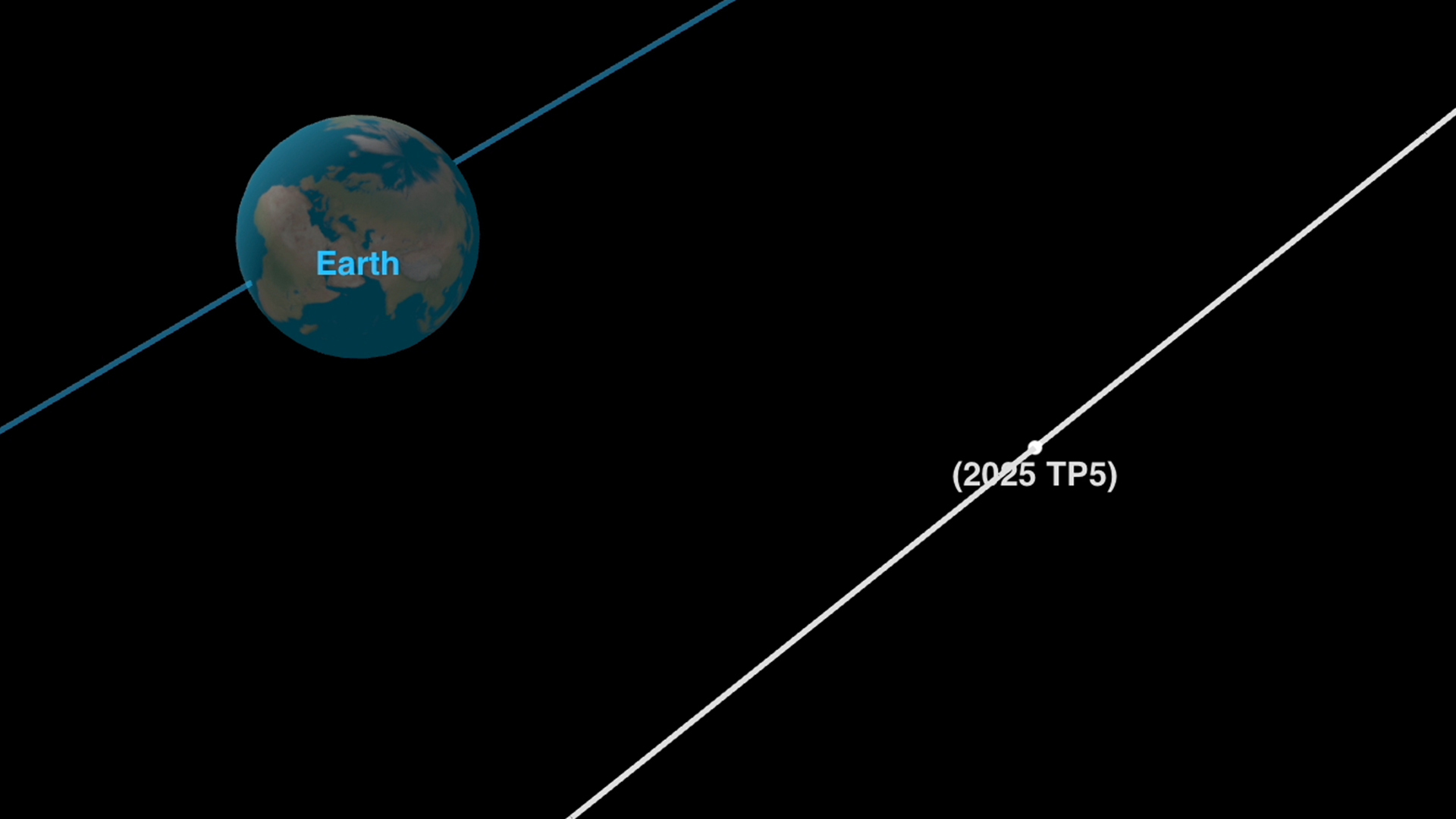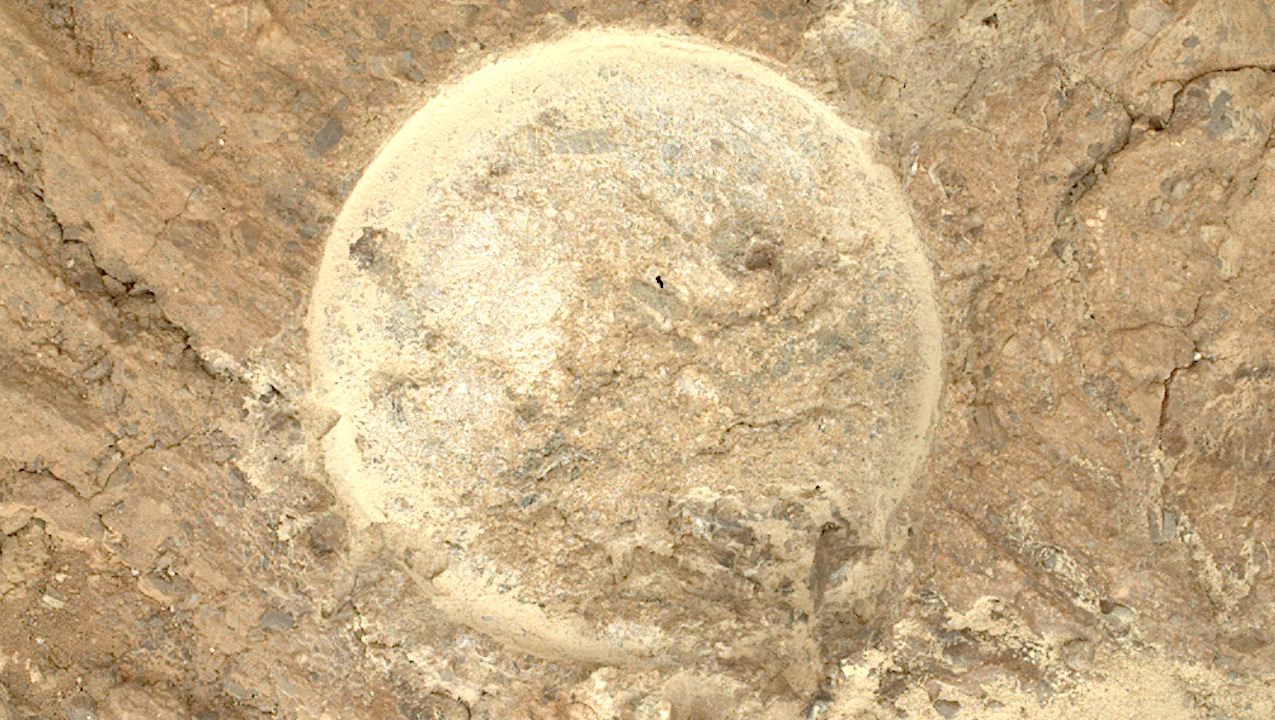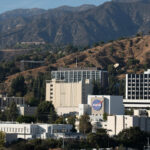Now Reading: The First Dedicated Survey of Atmospheric Escape from Planets Orbiting F Stars
-
01
The First Dedicated Survey of Atmospheric Escape from Planets Orbiting F Stars
The First Dedicated Survey of Atmospheric Escape from Planets Orbiting F Stars
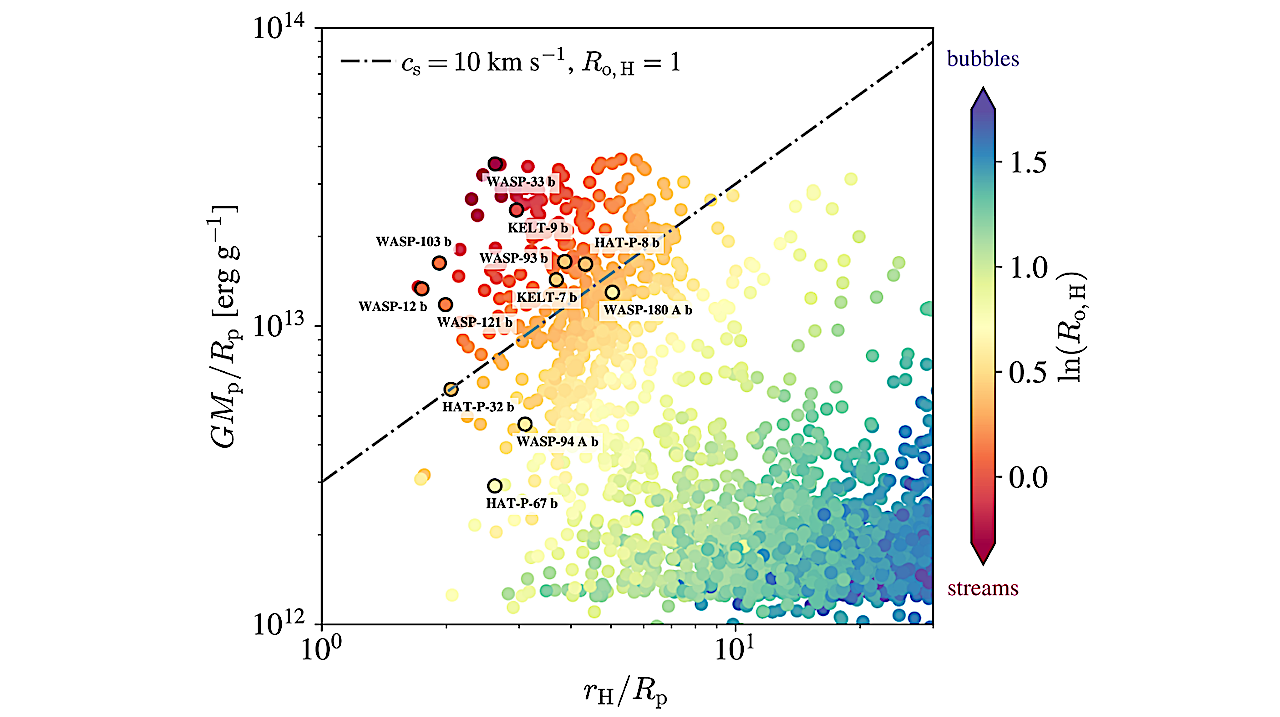

Figure adapted from M. MacLeod et al. (2025) and compiled using PWMorphology. Colored circles represent confirmed exoplanets with radii greater than 1.6R⊕ from the sunset catalog shown as a function of gravitational potential and the ratio of the Hill to planet radius. Survey targets as well as HAT-P-32 b, HAT-P-67 b, KELT-9 b, WASP-33 b, WASP-94 A b, and WASP-121 b are indicated with circles outlined in black and labeled appropriately. The different colors represent the predicted hill sphere Rossby number ln(o,H), where ln(Ro,H) > 0 indicates a bubble-like outflow geometry and ln(o,H) 0 indicates a stream or tail-like outflow geometry. We note that values of ln(Ro,H) for HAT-P-32 b, HAT-P-67 b, KELT-9 b, WASP-33 b, WASP-94 A b, and WASP-121 b are calculated using the sunset photoevaporative outflow models for these planets. The dashed grey line indicates photoevaporative outflows with sound speeds of 10 km s−1 and Ro,H = 1. — astro-ph.EP
Hydrodynamic escape can strip the envelopes of close-in exoplanets, but most observations of atmospheric mass loss to date have been confined to planets orbiting K and M dwarfs.
A growing body of detections of atmospheric escape from planets orbiting early-type stars indicates that they may have significantly stronger and more extended outflows than planets orbiting cooler stars.
However, it is unclear whether this limited sample of planets is representative of all gas giants orbiting early-type stars. Motivated by this question, we initiated the first dedicated survey of atmospheric escape from gas giants orbiting F stars in order to understand how their distinct radiation environments shape planetary outflows. We observed ten transits of six planets in an ultra-narrowband filter centered on the metastable helium line using Palomar/WIRC.
We report strong (>3σ) detections of atmospheric escape for WASP-12~b and WASP-180~A~b, tentative (>2σ) detections for WASP-93~b and HAT-P-8~b, and non-detections for WASP-103~b and KELT-7~b. We fit these measurements with a 1D Parker wind model to derive corresponding mass-loss rates, and combine our results with literature measurements to obtain an updated picture of mass loss from planets orbiting early-type stars.
Our results indicate that the observed variation in mass-loss rates can be explained by a combination of Roche filling factor and XUV luminosity, and disfavors NUV-driven escape models.
Morgan Saidel, Shreyas Vissapragada, Heather Knutson, Ethan Schreyer, Mike Greklek-McKeon, Jonathan Gomez Barrientos, W. Garrett Levine, Carlos Gascón, Morgan MacLeod, Haedam Im, Nick Tusay
Comments: submitted to AJ
Subjects: Earth and Planetary Astrophysics (astro-ph.EP)
Cite as: arXiv:2510.05240 [astro-ph.EP] (or arXiv:2510.05240v1 [astro-ph.EP] for this version)
https://doi.org/10.48550/arXiv.2510.05240
Focus to learn more
Submission history
From: Morgan Saidel
[v1] Mon, 6 Oct 2025 18:06:57 UTC (1,498 KB)
https://arxiv.org/abs/2510.05240
Astrobiology, exoplanet,
Stay Informed With the Latest & Most Important News
Previous Post
Next Post
-
 01From Polymerization-Enabled Folding and Assembly to Chemical Evolution: Key Processes for Emergence of Functional Polymers in the Origin of Life
01From Polymerization-Enabled Folding and Assembly to Chemical Evolution: Key Processes for Emergence of Functional Polymers in the Origin of Life -
 02Panasonic Leica Summilux DG 15mm f/1.7 ASPH review
02Panasonic Leica Summilux DG 15mm f/1.7 ASPH review -
 03How New NASA, India Earth Satellite NISAR Will See Earth
03How New NASA, India Earth Satellite NISAR Will See Earth -
 04And Thus Begins A New Year For Life On Earth
04And Thus Begins A New Year For Life On Earth -
 05Astronomy Activation Ambassadors: A New Era
05Astronomy Activation Ambassadors: A New Era -
06SpaceX launch surge helps set new global launch record in 2024
-
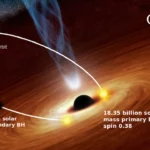 07Two Black Holes Observed Circling Each Other for the First Time
07Two Black Holes Observed Circling Each Other for the First Time













